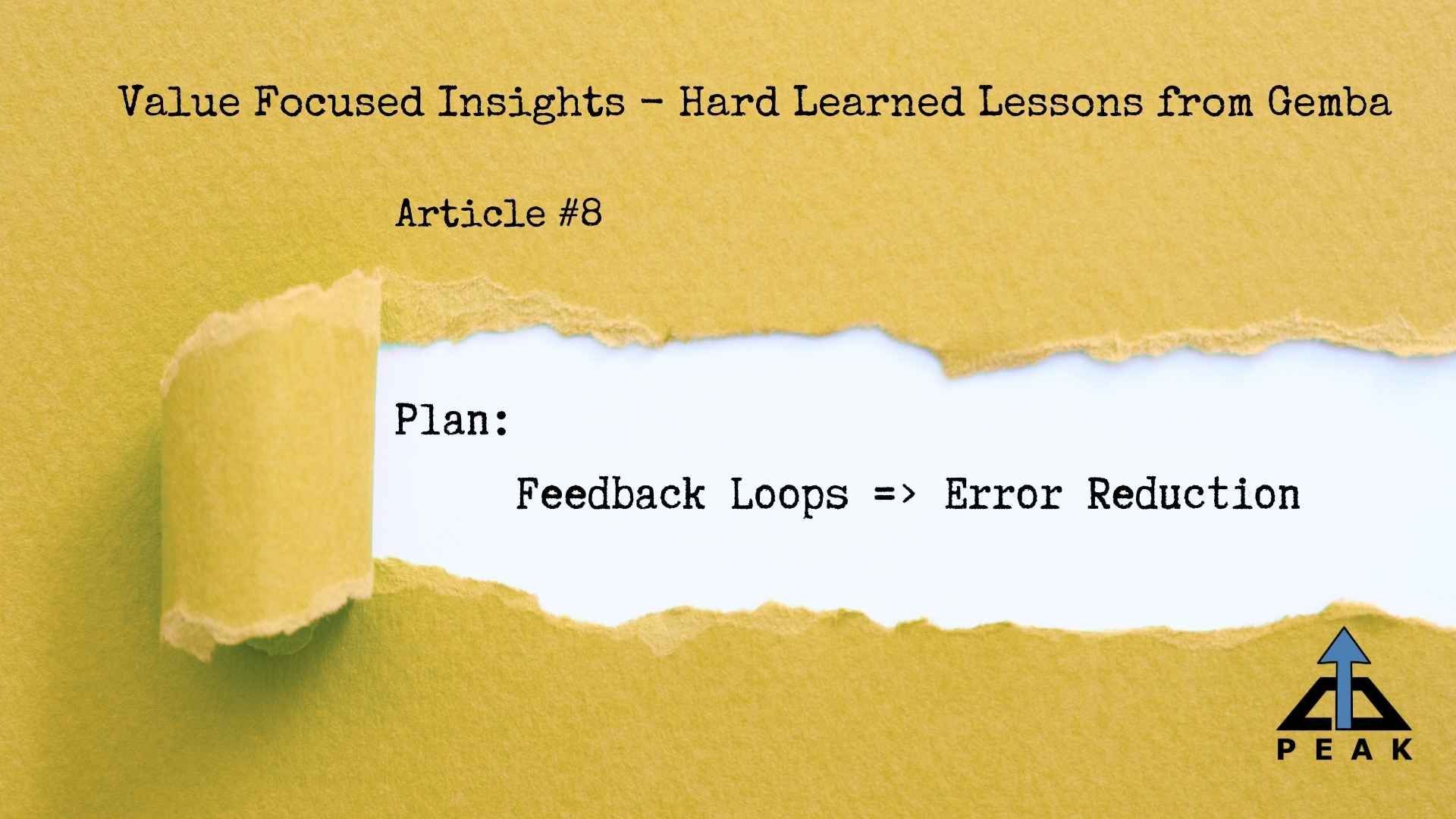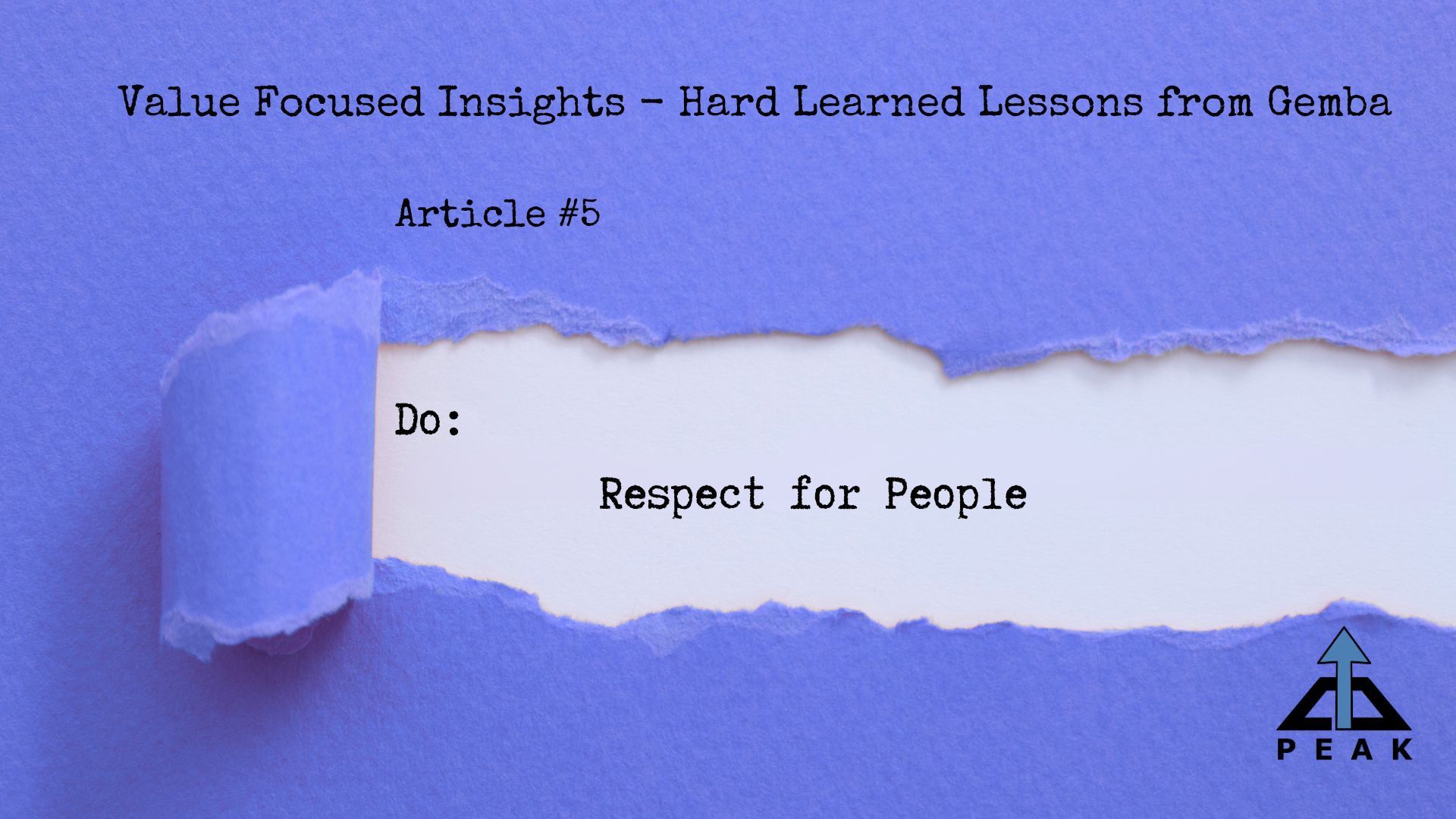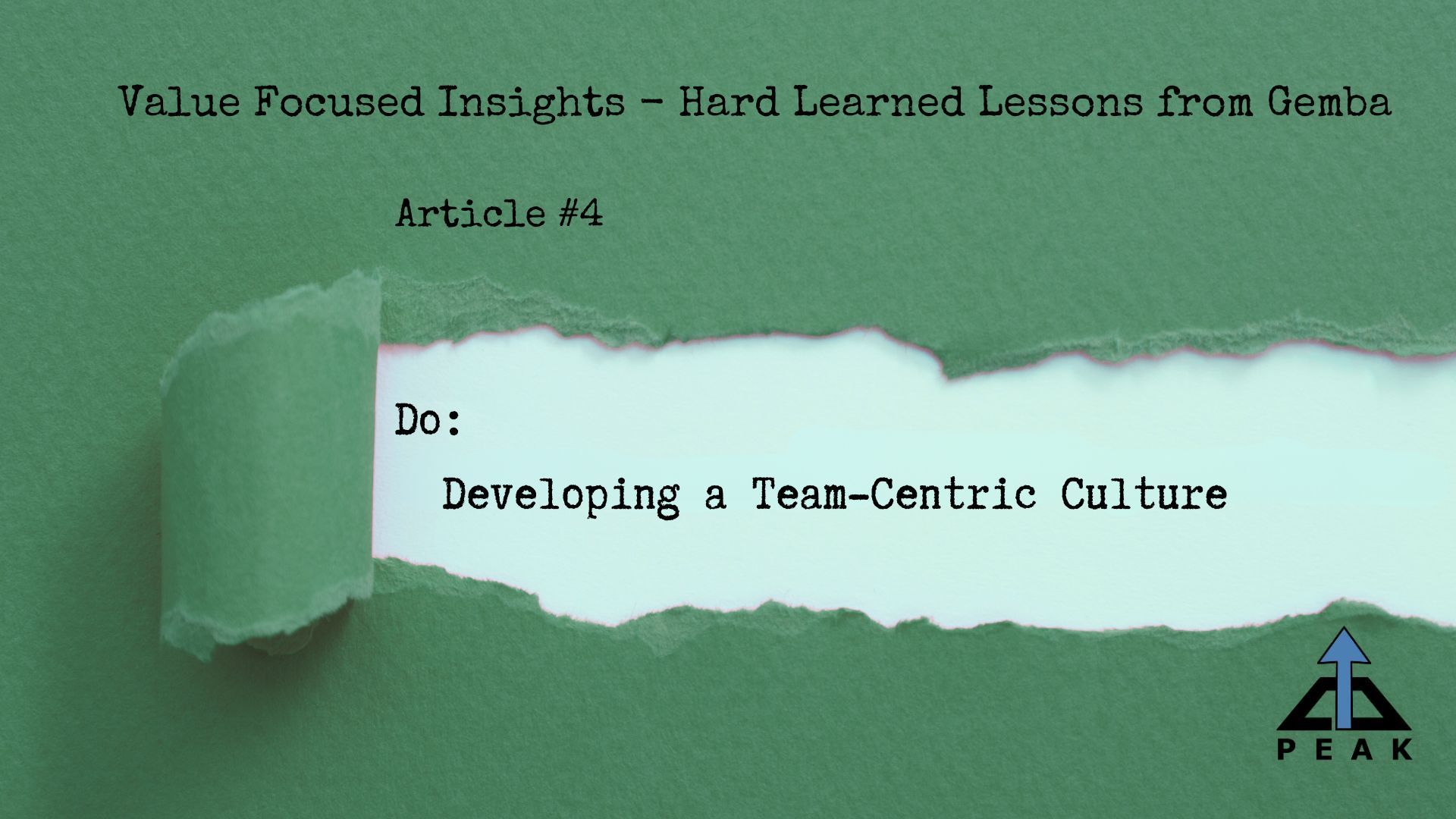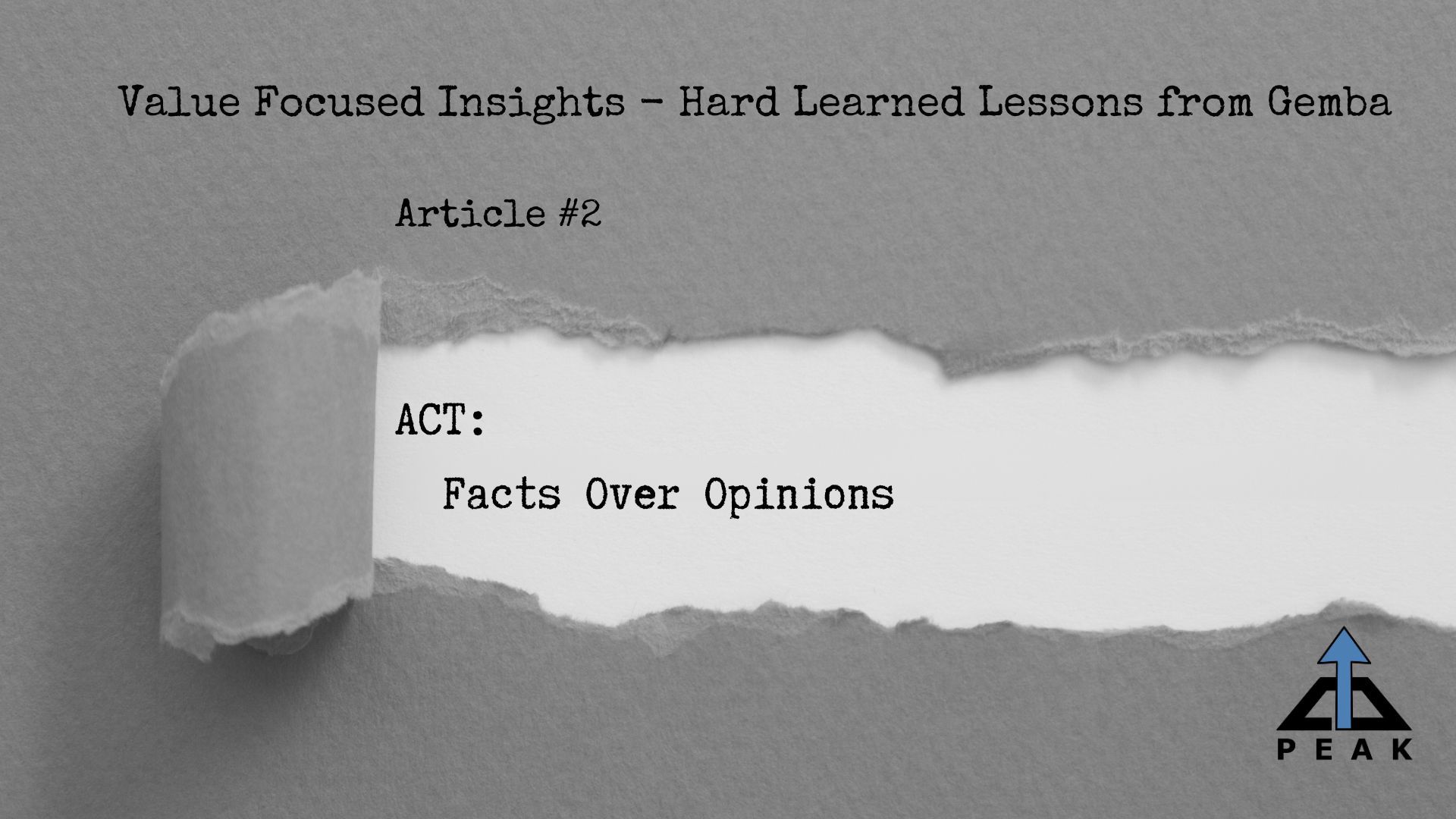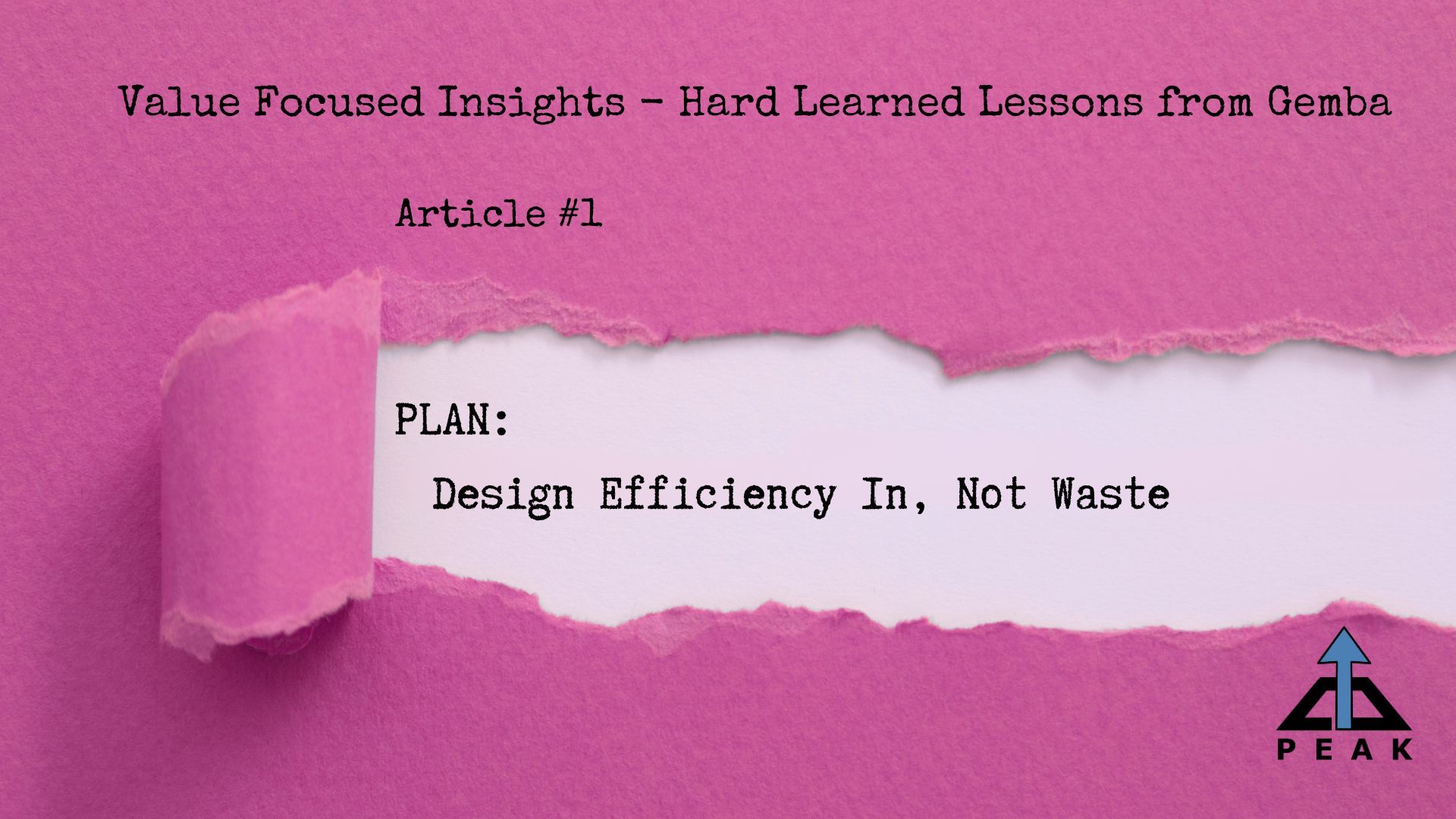Target Condition
Annah Godwin

Where the Target Condition and Final Destination Meet
When I was a young girl, I always enjoyed looking at maps. Anytime my family traveled I would pull out the map of the state and follow the route on which we were traveling. It was cool to see all the different roads and towns we were passing through, and periodically my Dad would ask for guidance about a particular turn or a road to take. There were two critical pieces of information I needed to ensure I provided accurate information: our current location and our destination. I had never really thought about how this correlated to problem identification, but as I reflect on it, I believe there is one. Like many of you, I was taught that a problem is the gap that occurs between the current state and the target state. Similarly, planning a road trip requires that we possess a clear understanding of where we are and where we are going.
Target Condition - Current Condition = Gap (Problem)
Let’s start with the steps required to ensure we have a very detailed and well-defined understanding of our current state. One of the first and most important methods is to spend time at the gemba as this is where we often gain the greatest amount of detailed information on exactly what is going on. The information gathered at the gemba can help create your own road map, a value stream map or a flow map. From there you can gather other data and reports which, using trends, statistical analysis, etc., helps to round out your understanding of the current state. Examples of this data and these reports include downtime, runtime, first pass yield, productivity, and cost. The combination of the map and the data collected provides the team with a pinpoint location of the current state.
With our starting point well defined we can set out to develop a detailed understanding of our target condition, just as we would our destination on a road trip. Before we dive into detail planning of our destination, we need to pause to understand the type of trip we will be taking. Sometimes we have a very specific destination in mind, and we want to get there as quickly and efficiently as possible. The same is true in problem solving in that we have a very clear problem, and we can progress to a specific solution very quickly. However, sometimes when we travel our destination is not clear. We are willing to ramble around a bit and determine our destination as we go. The analogous situation to this in problem solving is when the problem is broader and requires a more innovative solution or when the problem and solution isn’t clearly understood so the target condition is unable to be clearly defined at the onset of the journey. Understanding the type of problem helps us understand how to navigate the journey to a target state. In some cases, we want a very well defined and specific target, whereas in other cases, the destination specifics may be less defined causing us to rely on developing and modifying the target as we work toward the solution. In either case the target condition needs to have some thought behind it. A good target condition will help the team stay focused on the finish line and avoid diversions along the way. It will also help provide excitement and a clear sense of progress.
I believe a common problem within the problem-solving methodology is that we don’t spend sufficient time ensuring the entire team has a thorough and detailed understanding of the target condition. We leave teams with a semi-good target which may improve a few things along the way but lacks the clarity necessary to prevent wandering and to provide the transformation we all desire. The result is shortcomings in our solutions and frustration in our people. Returning to our road trip analogy, if the destination is not clearly understood, the route to getting there gets very blurry and out of focus.
- When you think about projects or teams you worked on, how clear was the target state?
- Did you take any time to develop a clear one?
- If so, what was it based upon? Opinions? Theorical calculations? Incentive systems?
- Alternatively, were they tied to well defined requirements linked to value creation and customer expectations?
- Similarly, as you moved down the road from problem definition to solution, did your path forward get clearer, moving closer to great, or did it get murkier, leading closer to mediocrity?
Next time you’re in a problem-solving situation and things are not progressing smoothly, take a moment to evaluate how well you’ve defined your current state. Do you have a clear value stream map and data that helps the team understand the current location?
Thinking about your destination:
- Have you determined if there is a well-defined final location and path?
- Or is the destination and route still being developed as you travel toward the solution?
- What steps do you need to take to clearly visualize your destination?
As you answer those questions, you will find that your problem-solving efforts will be more efficient and productive, leading to a quicker journey to your final destination.
Point to ponder:
- When starting a new problem or project are you creating a clear picture of the current state?
- How well defined is your target condition? Does the team know where they are going and what success will look like when the problem is solved?
Peaks and Valleys.....


